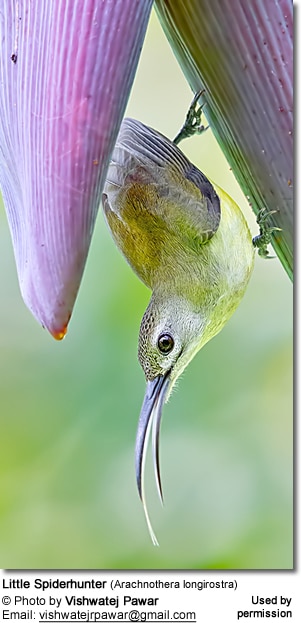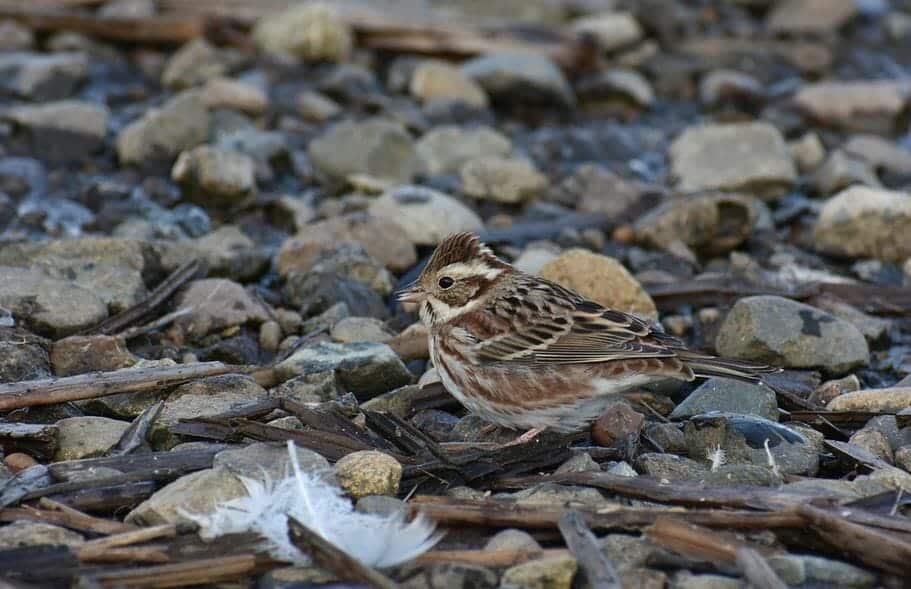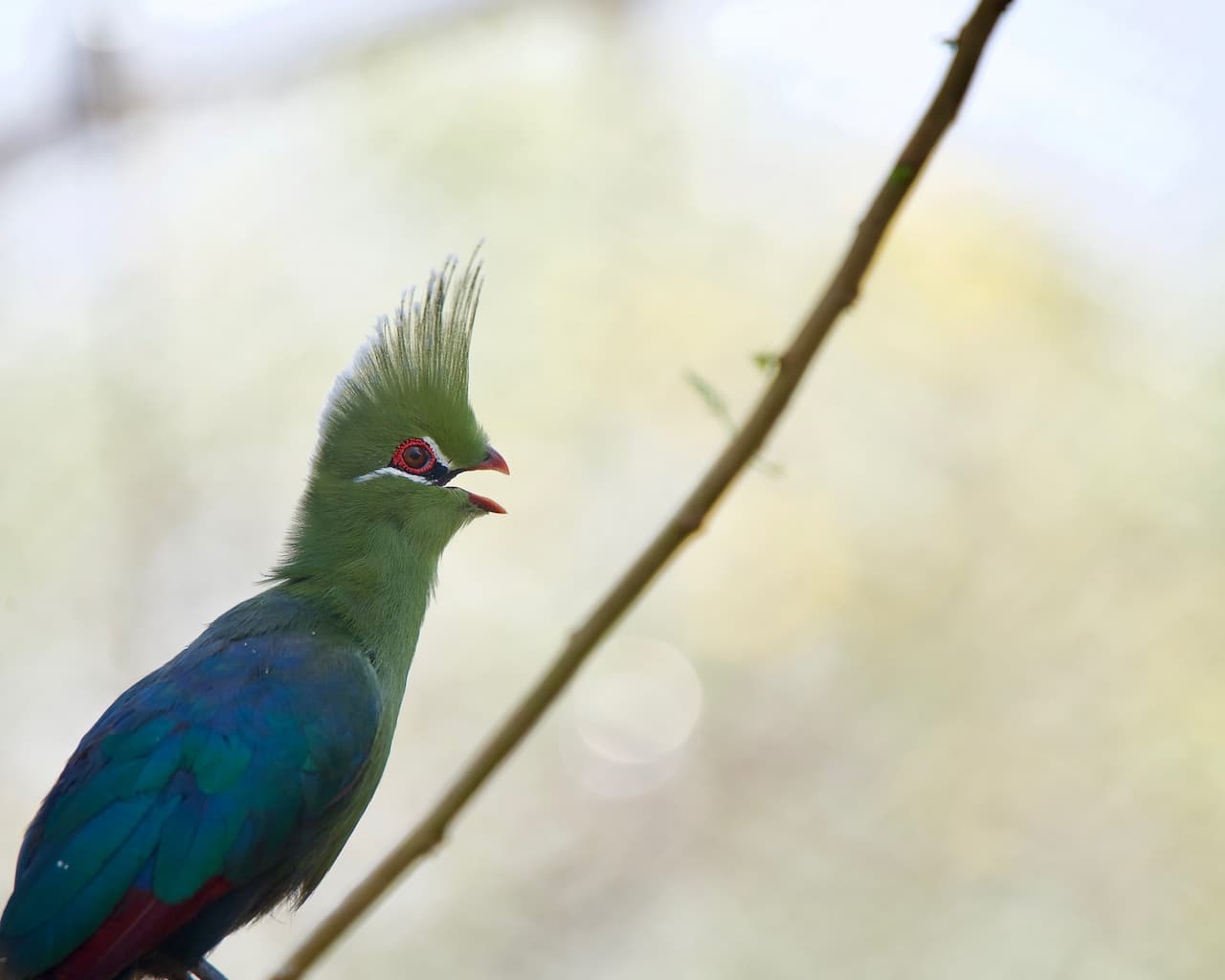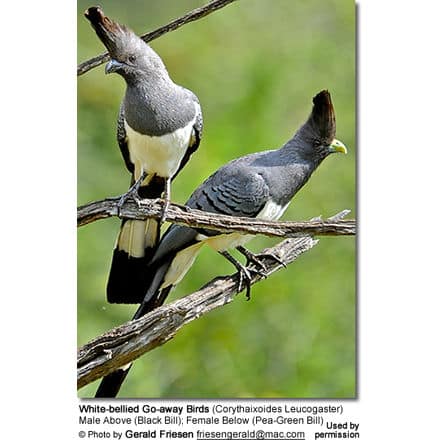Little Spiderhunters
Little Spiderhunters
The Little Spiderhunters (Arachnothera longirostra) are small, long-billed, nectar-feeding birds found in the humid and dense forests of South and Southeast Asia.
They share many similarities with the delicate American hummingbirds. They are also often seen around colorful flowers from which nectar is extracted. However, these birds were named for their preferred diet: spiders.
Distribution / Habitat
The Little Spiderhunters occur naturally in Bangladesh, Bhutan, Brunei, Cambodia, China, India (Eastern and Western Ghats, north-east India), Indonesia, Laos, Malaysia, Myanmar, Nepal, Thailand and Vietnam.
Their natural habitats are subtropical or tropical moist lowland, mangrove and moist montane forests. They may also visit gardens to feed on flowers. They usually remain below the canopy and are usually seen in pairs or small family groups.
Subspecies and Ranges:
- Streaked Spiderhunter (Arachnothera magna magna – Hodgson, 1836) – Nominate form found in the Himalayas, in Nepal, Nepal, Sikkim, Bhutan, eastern Bangladesh and northeastern India east to southern China and northern Burma / Myanmar.
- Streaked Spiderhunter (aurata) (Arachnothera magna aurata – Blyth, 1855) – Found in East and central Burma / Myanmar.
- Streaked Spiderhunter (musarum) (Arachnothera magna musarum – Deignan, 1956) – Found in Southeastern Burma / Myanmar in southern Shan States to northern parts of Thailand and Laos, and northern Vietnam (western Tonkin).
- Streaked Spiderhunter (pagodarum) (Arachnothera magna pagodarum – Deignan, 1956) – Found in southern Burma / Myanmar, and southwestern/western Thailand and the Southern Malay Peninsula. This race could be combined with ssp. musarum in the future with whom they hybridize in southern Burma / Myanmar (Karen Hills).
- Streaked Spiderhunter (remota) (Arachnothera magna remota – Riley, 1940) – Found in South-central and southern Vietnam
Description
The Little Spiderhunter measure 6.7 inches or 17 cm in length. The black beak is very long and curved down.
The upper plumage is olive-green; and below they are bright yellow with bold black streaks.
The eyes are large and dark. The head is small and the neck is thin. The legs are thin and orange. The toes are long and curved.
Males and females look alike, except females have a paler base to the lower beak than males. Males have all-black beaks.
Breeding
Most breeding occurs in March to September in northeastern India or from December to August in southern India.
The compact cup-shaped nest is constructed by the female who uses various twigs, leaves, moss, spider webs and blades of grass. The nest is usually suspended from tree branches, or attached under the leaf of a banana or similar broad-leaved plant by spider web and vegetable fibers.
The average clutch consists of 2 eggs.
Diet / Feeding
As suggested by this bird’s common name, they hunt and feed on spiders. Furthermore, they take nectar from variouis flowering plants, including wild Musaceae plants, wild bananas of which they are valuable pollinators; as well as feeding on the nectar of various species of the ginger family and Loranthus sp. (= Dendrophthoe sp.) Indian Silk Cotton Trees and Indian Coral Trees.
Calls / Vocalizations / Sounds
Their frequent vocalizations are described as tzeck, or a buzzy zick-zick made when disturbed or when foraging. The songs are a series of rapid chipping notes.
Alternate (Global) Names
Chinese: ????? … Czech: Strdimil ostnitý / proužkovaný … Danish: Stribet Edderkoppejæger … Dutch: Gestreepte Spinnenjager … Finnish: Viirulukkinen … French: Arachnothère striée, Grand Arachnotère / Arachnothère … German: Strichelspinnenjäger … Italia: Cacciaragni / Mangiaragni striato … Japanese: tatejimakumokaridori … Norwegian: Stripeedderkoppjeger … Polish: Pajecznik kreskowany … Russian: ???????????? / ????????? ??????????-?????????? … Slovak: Pavuciarka ciarkavá … Spanish: Arañera Rayada / Estriado … Swedish: Streckad spindeljägare … Thai: ?????????????
Species Research by Sibylle Johnson
Overview … Alternate (Global) Names
Distribution / Habitat … Subspecies, Ranges and ID
Description … Breeding / Nesting … Diet / Feeding … Calls / Vocalizations
Please Note: The articles or images on this page are the sole property of the authors or photographers. Please contact them directly with respect to any copyright or licensing questions. Thank you.




